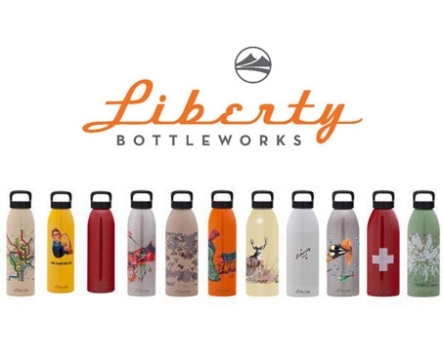Advertising is powerful. We are confronted with hundreds upon hundreds of advertisements each day. Technology has enabled advertisements and marketing to expand and integrate further into our personal lives. We are now linked to social media platforms that increase avenues of communication between businesses and ourselves. As consumers, we receive messages and information at the click of a mouse. It flows continuously. While this might make us a more informed shopper and consumer in regards to the product, the ethical risks associated with traditional media marketing parallel the risks associated with social media marketing. Marketing generates revenue, and while this is essential for a healthy economy, it is necessary that it be done in a way that is ethical and respects the privacy of the consumer.
With money comes power, and power can sometimes generate abuse. In order to maintain consumers willingness to pay it is necessary that businesses remain transparent and moral in their decisions. Big business needs to reflect the needs and wants of the consumer. Part of doing this is ensuring that they produce content respectful and sensitive to the world separate from driving profit. A few weeks ago I posted about a couple of unethical Tweets generated by Urban Outfitters and Gap. They were using Hurricane Sandy to solicit online and in store sales. Social media platforms are remarkable because of their expansive and instantaneous reach. Urban Outfitters and Gap faced huge consumer lash back due to these tweets. They had generalized a horrific event and attempted to exploit it for their own gain. Many large companies who are active on social media utilize humor and banter in order to engage their audiences. It is necessary though for big business to value the marketing power of social media to the same extent that they value traditional marketing methods. While humor and banter is appropriate in many cases, large companies must not be casual in regards to content that they post. They must approach content in an ethical manner, one that prioritizes societies wellness over their personal wellness.
In regards to privacy, ethics now plays a stronger role than ever. In the grand scheme of the Internet, there is very little consumer privacy. While the information collected about us is not being collected on an individual basis (unless you ticked off the CIA), the fact remains that information you once considered private is private no more. In very basic terms, we as Internet users are clumped together by categories and then separated and identified by different logarithms and codes. We are then bombarded with content that correlates with our browsing history, visited products and pages. While this is useful as a consumer, and profitable for business, it can be concerning as a citizen. The fact that any information we proved to a site can be bought and shared without our knowledge is invasive and exploitive. It is my opinion that soon there will be a repurposing of privacy rights so that they reflect the reality of the digital age. The collection and exploitation of our information limits the control of the individual and feeds the power of large corporations. It is necessary for companies like Facebook, who amass consumer information, to remain ethical in their business choices. If we cannot protect our personal data, who will?
For a further look into internet privacy, check out the Ted Talk below.













